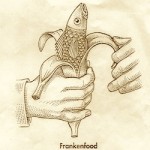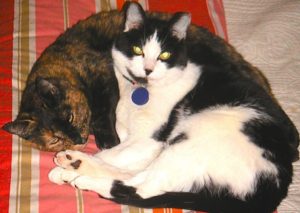By Catherine Haug, May 5, 2018 (Photo, right, from Bug Guide (5))
I’ve written many posts about the plight of bees, and how to help our native mason bees by providing homes for them. But I’ve not written much about these amazing animals. I hope to correct that by bringing your attention to an article by a British blogger, Clive Harris, who requested I provide a link to his post: The Ultimate Guide to British Bees: How to Protect Their Declining Population (1). While he writes from Britain, we have many of the same bees including honey bees, bumblebees and other ground-dwelling bees, and mason bees. He also goes into a lot of detail about bees:
- An amazing video about the waggle dance;
- How do bees make honey and beeswax?
- How do bees help the garden?
- What’s the difference between bees and wasps?
- 4 things you can do to help bees.
His is a long post, but full of lots of great information – share with your kids/grandkids! See Reference (1), below.
Below I include:
- 3 videos about the waggle dance, and how scientists discovered it’s meaning;
- List of prior articles on The EssentiaList about bees, including John Holbrook’s articles on mason bees and bee motels;
- References




